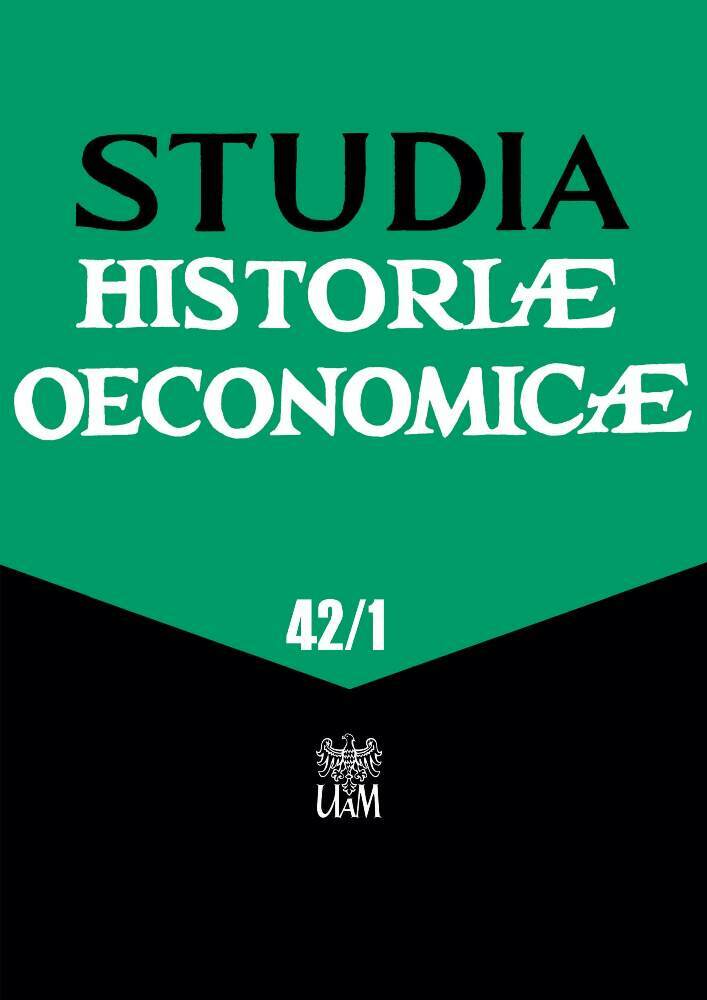Abstract
The development of woodland was influenced by different management since some thousands of years. During prehistoric times settlements were founded and given up after some decades. In connection with this, a secondary succession of woodland took place. The spread of beech in Central Europe was favoured and some other tree species expanded in other parts of Europe. This is documented by pollen diagrams. During historic times woodland exploitation was intensified. Some tree species became rarer by more intensive management such as beech. So human impact did not have generally the same effect on the development of woodlands. As management influenced the development of woodland more than climatic changes it is likely that this will also happen in the future. Pollen diagrams are not historic sources but can be well paralleled with historic sources. It is an advantage of pollen diagrams that they encompass a total development of vegetation and do not only reflect a single event at special points of time.
References
Hvass, S. (1982) ‘Ländliche Siedlungen der Kaiser- und Völkerwanderungszeit in Dänemark’, Offa, 39, pp. 189–195.
Iversen, J. (1941) ‘Landnam i Danmarks Stenalder: En pollenanalytisk Undersøgelse over det første Landbrugs Indvirkning paa Vegetationsudviklingen’, Danmarks Geologiske Undersøgelse II. række, 66, pp. 1–68. DOI: https://doi.org/10.34194/raekke2.v66.6855
Jäger, H. (1994) ‘Mittelalterliche Wüstungen im fränkisch-thüringischen Kontaktraum’, Würzburger Geographische Arbeiten, 89, pp. 149–166.
Küster, H. (1996) ‘Auswirkungen von Klimaschwankungen und menschlicher Landschaftsnutzung auf die Arealverschiebung von Pflanzen und die Ausbildung mitteleuropäischer Wälder’, Forstwissenschaftliches Centralblatt, 115, pp. 301–320. DOI: https://doi.org/10.1007/BF02738611
Küster, H. (1997) ‘The role of farming in the postglacial expansion of beech and hornbeam in the oak woodlands of central Europe’, The Holocene, 7(2), pp. 239–242. DOI: https://doi.org/10.1177/095968369700700213
Markgraf, V. (1970) ‘Palaeohistory of the spruce in Switzerland’, Nature, 228, pp. 249–251. DOI: https://doi.org/10.1038/228249a0
Markgraf, V. (1972) ‘Die Ausbreitungsgeschichte der Fichte (Picea abies H. Karst.) in der Schweiz’, Berichte der Deutschen Botanischen Gesellschaft, 85(1–4), pp. 165–172. DOI: https://doi.org/10.1111/j.1438-8677.1972.tb03146.x
Moe, D. (1970) ‘The Post-glacial immigration of Picea abies into Fennoscandia’, Botaniska Notiser, 123, pp. 61–66.
Ralska-Jasiewicz, M. (1964) ‘Correlation between the Holocene history of the Carpinus betulus and prehistoric settlement in North Poland’, Acta Societatis Botanicorum Poloniae, 33(2), pp. 461–468. DOI: https://doi.org/10.5586/asbp.1964.032
License
Copyright (c) 2024 Hansjörg Küster

This work is licensed under a Creative Commons Attribution-ShareAlike 4.0 International License.





